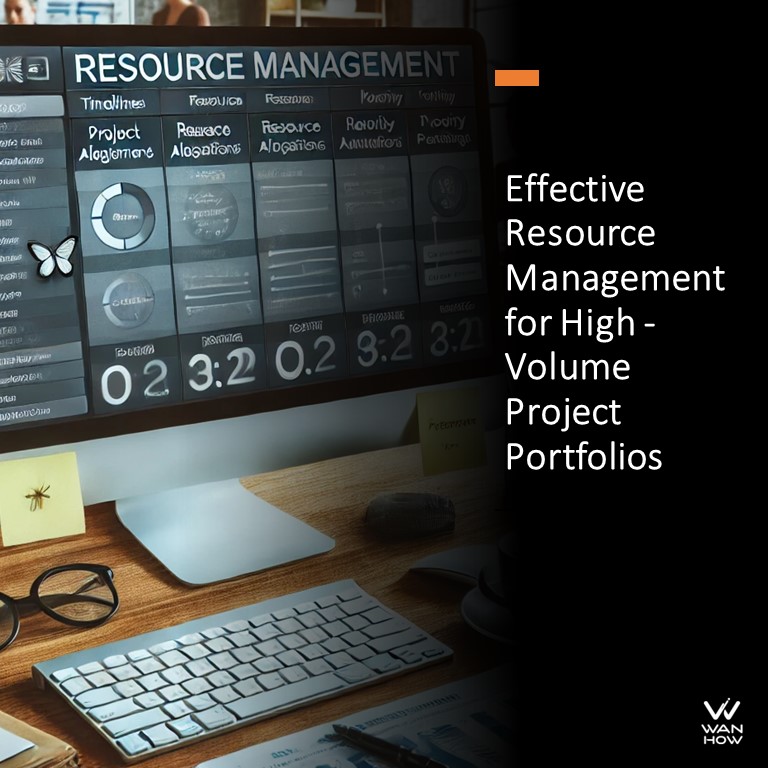
In the world of project management, one of the most daunting challenges is securing the right resources for a large portfolio of projects. For those managing 25 or more projects annually, balancing quality and quantity becomes a critical task. The tendency to take on too much can dilute efforts, resulting in subpar outcomes. It’s often more beneficial to focus on doing fewer projects exceptionally well than to stretch resources too thin. Here’s how you can address this challenge effectively.
1. Prioritization and Strategic Alignment
The first step is to ensure that all projects align with your organization’s strategic goals. Conduct a thorough review of your project portfolio to identify projects that provide the highest value and align with long-term objectives. Use a scoring system to rank projects based on their strategic importance, ROI, and resource requirements.
2. Resource Planning and Allocation
Effective resource planning is crucial. Develop a resource management plan that outlines the skills, availability, and allocation of resources across your project portfolio. Utilize resource management tools to gain a clear view of resource capacity and demand. Regularly update this plan to reflect changes in project scopes and resource availability.
3. Agile Resource Pool
Build a flexible and agile resource pool. Cross-train your team members to equip them with multiple skills. This flexibility allows for better adaptability to changing project demands and can fill gaps when specific expertise is required. Additionally, consider leveraging external resources or freelancers to meet peak demands without long-term commitments.
4. Project Phasing and Staggering
Avoid initiating all projects simultaneously. Instead, phase and stagger projects based on their priority and resource availability. This approach prevents resource overload and allows for a more focused and efficient execution. It also ensures that critical projects receive the attention they need.
5. Regular Review and Adjustment
Establish a routine for regular review and adjustment of your project portfolio. Hold periodic portfolio review meetings to assess project progress, resource utilization, and alignment with strategic goals. Be prepared to reprioritize projects and reallocate resources as necessary to address emerging challenges or opportunities.
6. Communication and Stakeholder Management
Transparent communication with stakeholders is essential. Keep stakeholders informed about resource constraints and the rationale behind project prioritization. Engage them in the decision-making process to ensure buy-in and support for the strategic direction. Managing expectations effectively can reduce the pressure to overcommit resources.
7. Leveraging Technology
Invest in project management and resource management software. These tools provide real-time visibility into project progress, resource utilization, and potential bottlenecks. They also facilitate better collaboration and coordination among team members, enhancing overall efficiency.
8. Continuous Improvement
Adopt a culture of continuous improvement. Conduct post-project reviews to identify lessons learned and areas for improvement. Implement best practices and refine your resource management strategies based on feedback and insights gained from past projects.
Conclusion
Managing resources effectively for a high-volume project portfolio is undoubtedly challenging. However, by prioritizing strategically aligned projects, planning and allocating resources efficiently, maintaining an agile resource pool, phasing and staggering projects, regularly reviewing and adjusting your plans, communicating transparently with stakeholders, leveraging technology, and fostering a culture of continuous improvement, you can navigate this challenge successfully. Remember, it’s better to excel in a few projects than to deliver many with compromised quality. Focus on doing less but better, and your project portfolio will thrive.
Related Post
Project Portfolio Management (PPM) Tool Selection
